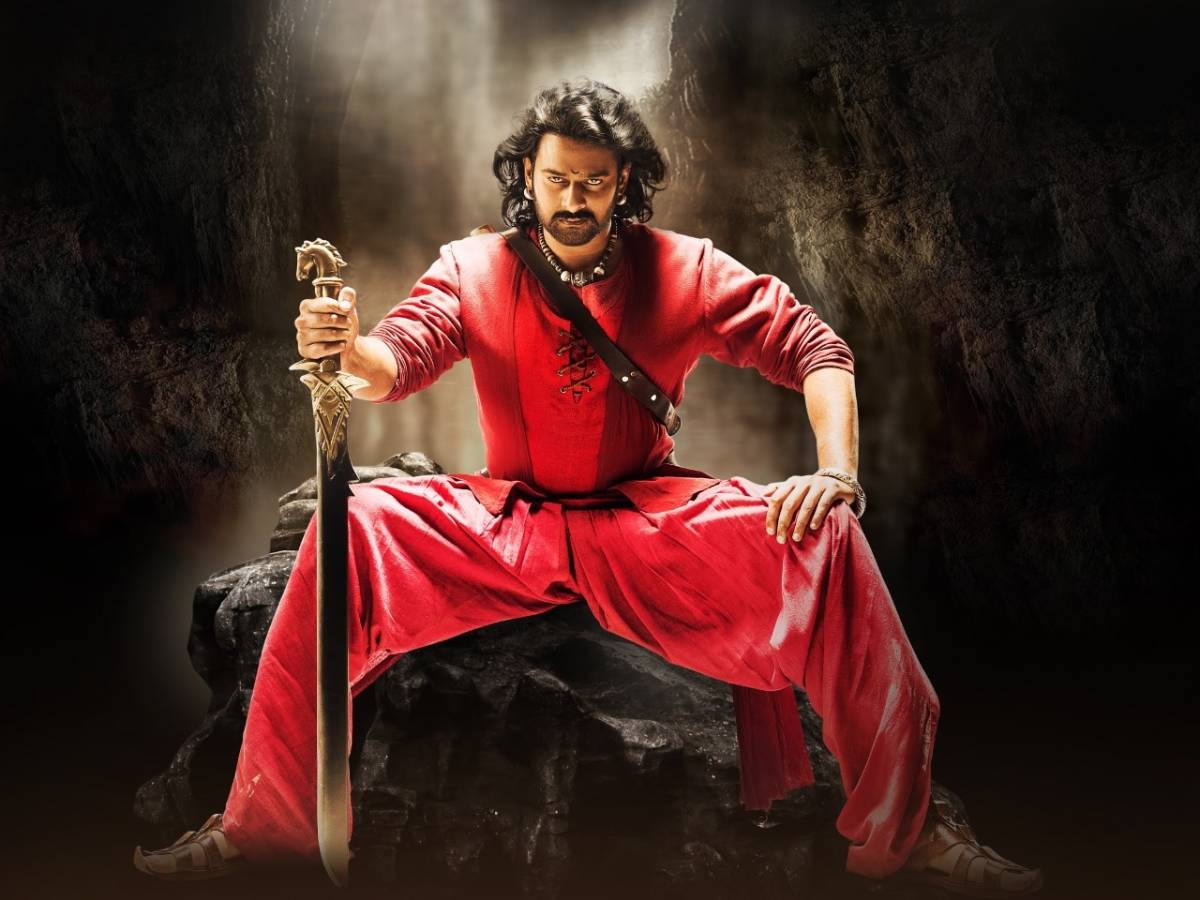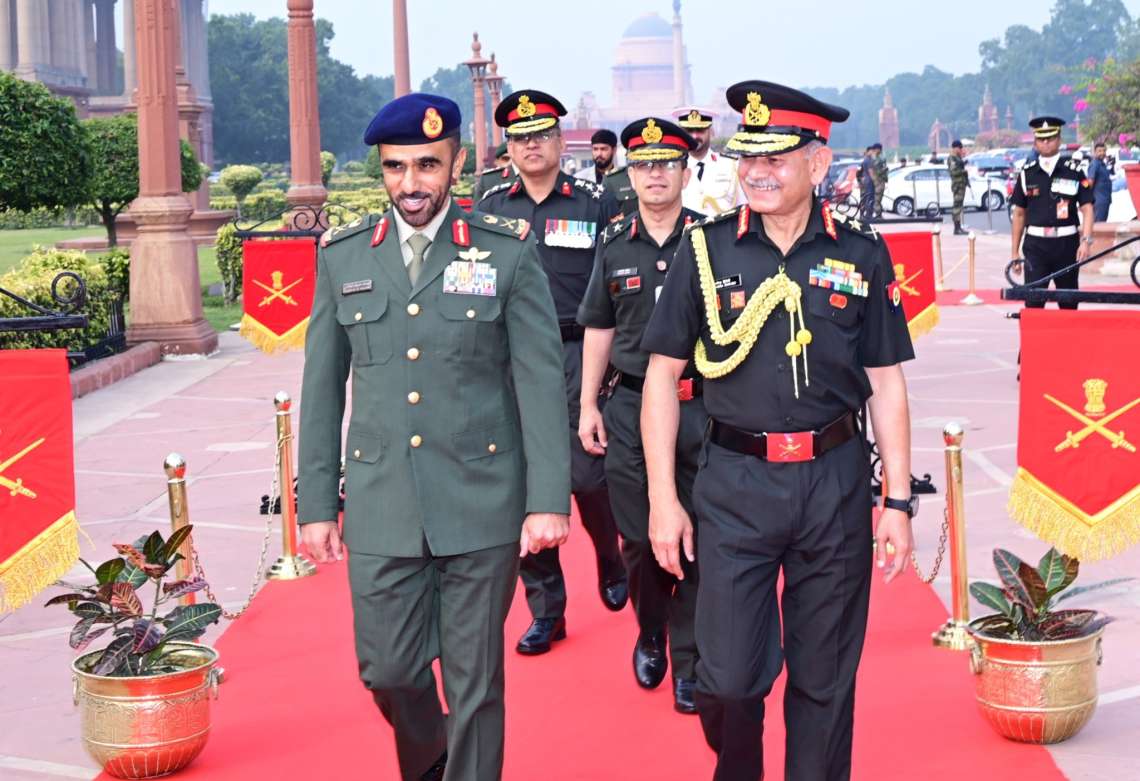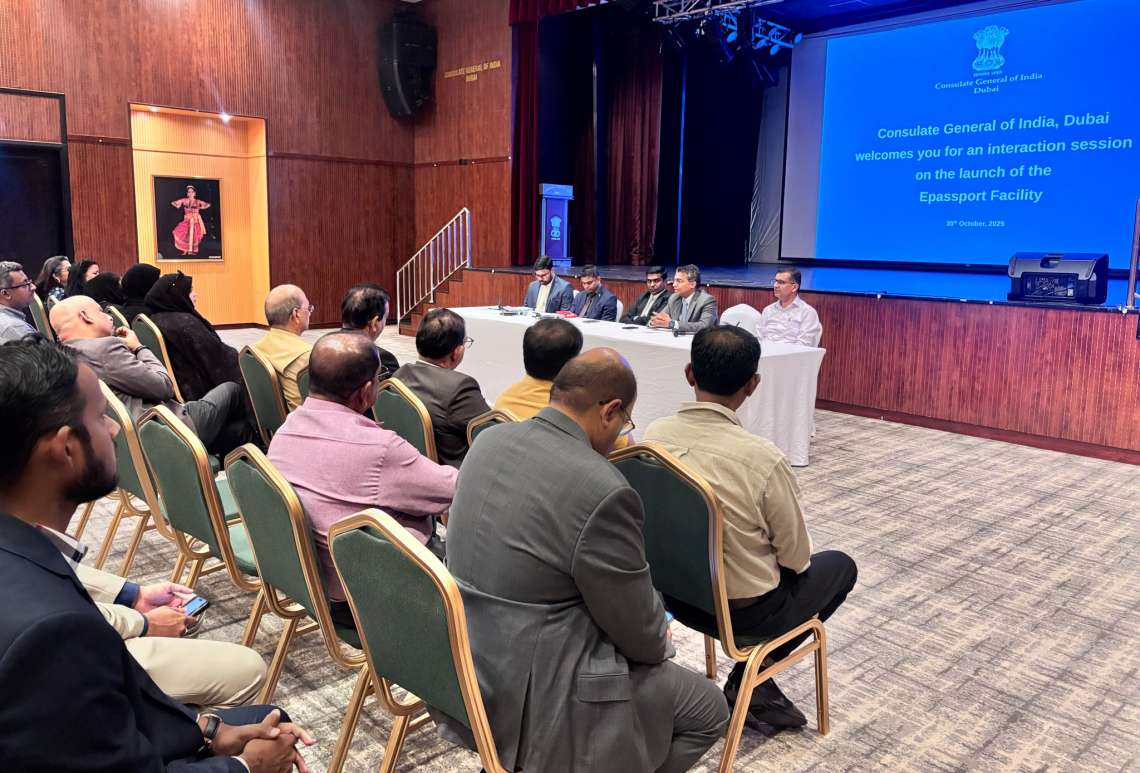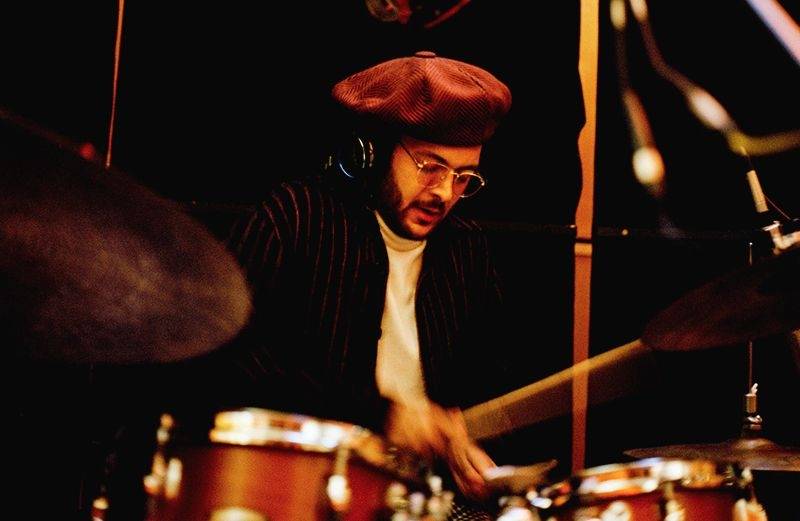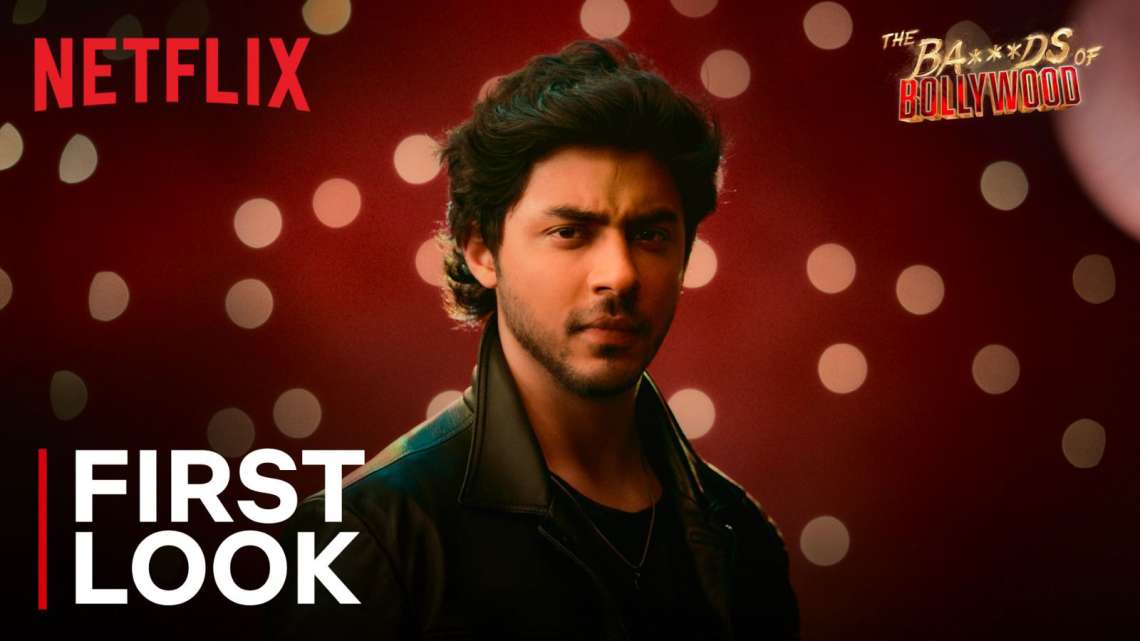The music industry is expected to reach Rs. 23 billion (USD 330 million) by 2023, from Rs 15 billion (USD 210 million) in 2020 at a CAGR of 15 per cent between 2020 and 2023…reports Asian Lite News
India is home to one of the largest and most vibrant film industries in the world. The country is famous globally for its movies and songs. Citizens of several nations, irrespective of the relations between India and their country, recognise India for its films. Such is the prominence of tinsel town internationally!

Bollywood or the Hindi film industry occupies a pivotal position. However, some regional movies including Tamil, Telugu, Kannada, Malayalam, Bengali and Punjabi films among others have also made it big abroad. India has 22 official languages and more than 19,500 dialects are spoken here as mother tongues. Hence, there are numerous varieties of films from different languages.
The Indian film industry generates nearly USD 2 billion a year. According to Britannica, Bollywood, Hindi-language sector of the Indian film industry began in Bombay (now Mumbai) in the 1930s and developed into an enormous film empire.
After early Indian experiments with silent films, in 1934, Bombay Talkies, launched by Himansu Rai, spearheaded the growth of Indian cinema. At the turn of the 21st Century, the Indian film industry – of which Bollywood remained the largest component – was producing as many as 1,000 feature films annually in all of India’s major languages and in a variety of cities. International audiences began to develop among south Asians in the United Kingdom and in the United States.
The Indian Media and Entertainment (M&E) industry is a sunrise sector for the economy and is making significant strides. Proving its resilience to the world, Indian M&E industry is on the cusp of a strong phase of growth, backed by rising consumer demand and improving advertising revenue. According to a FICCI-EY report, the advertising to GDP ratio is expected to reach 0.4 per cent by 2025 from 0.38 per cent in 2019.
According to a BCG report, India’s M&E industry is expected to grow between USD 55-70 billion by 2030. India’s digital advertising industry is expected to grow to Rs 23,673 crore (USD 3.09 billion) in 2022 from Rs 18,938 crore (USD 2.47 billion) in 2021.
Television would account for 40 per cent of the Indian media market in 2024, followed by print media (13 per cent), digital advertising (12 per cent), cinema (9 per cent), and the over-the-top (OTT) and gaming industries (8 per cent). The market is projected to increase at a compound annual growth rate (CAGR) of 17 per cent between 2020 and 2023.
According to India Brand Equity Foundation, within the M&E sector, animation, visual effects, gaming and comic (AVGC) sector is growing at a rate of 29 per cent, while the audio-visual sector and services is rising at the rate 25 per cent; is recognised as of one of the champion sectors by the Government of India. The AVGC sector is estimated to grow at 9 per cent to reach Rs. 3 lakh crore (USD 43.93 billion) by 2024, as stated by Piyush Goyal, India’s Minister of commerce & Industry, Consumer Affairs & Food & Public Distribution and Textiles.
The music industry is expected to reach Rs. 23 billion (USD 330 million) by 2023, from Rs 15 billion (USD 210 million) in 2020 at a CAGR of 15 per cent between 2020 and 2023.

Several Bollywood stars like Amitabh Bachchan, Hema Malini, Shahrukh Khan, Aamir Khan and Salman Khan are household names in various countries. Numerous Bollywood movies are also shot abroad, which has made the industry along with its stars popular globally.
Salman Khan Katrina Kaif-starrer spy-thriller ‘Ek Tha Tiger’ was shot in Istanbul and near the border with Syria and Iraq. Several more Bollywood movies were shot aboard and many in Middle East, including United Arab Emirates. Saif Ali Khan and Katrina Kaif-starrer political thriller Phantom was shot in in Lebanon, including downtown Beirut, the nearby area of Khandaq Al Ghameeq and the mountain town of Kfardebian.
A spy-thriller ‘Baby’ starring Akshay Kumar was shot in multiple locations in Nepal, Sri Lanka, Turkey and the UAE. Akshay Kumar-starrer war thriller ‘Airlift’ was reportedly partially shot in Al-Hamra Palace Beach Resort in Ras Al Khaimah.
Abhishek Bachchan and Aishwarya Rai Bachchan-starrer Guru’s famous song ‘Mayya Mayya’ was picturised in Istanbul’s Nuruosmaniye Mosque.
A lot many Bengali and South Indian movies are shot in Thailand, Singapore and US among other destinations.
Indian movies are filmed across the world and several are shot in across European locations like the UK, Switzerland, France, Belgium, Spain, Greece and Amsterdam. Also, southeast Asian countries are another favourite destination for shooting. Some movies are also filmed in Australia.
Apart from Bollywood, at present, South Indian movies are topping the chart. In the recent 68th National Films Awards in the country, movies from south swept the award ceremony.

The jury had received around 305 movies from 30 languages. The films from the southern region of the country dominated the National Film Awards. As many as 19 top awards across various sections went to south Indian films. During last year’s ceremony, south Indian films won as many as 15 awards in various categories.
Some very famous south Indian movies of recent times which made it big in domestic market as well as abroad are ‘Bahubali’ and ‘RRR’.
Apart from the over-arching Bollywood all the other regional film industries also have a distinctive name. Bengali film industry in West Bengal and Telugu film industry in Andhra Pradesh and Telangana are both called Tollywood. Similarly, Malayalam film industry in Kerala is known as Mollywood, film industry in Karnataka as Sandalwood, Assamese language film industry as Jollywood, Tamil film industry is called Kollywood and film industry in Odisha as Ollywood.

The future of Indian cinema will remain entwined with OTT platforms.
According to a Deloitte study, 83 per cent of India watches video content on their mobile phones. This still makes the cinema experience a unique one.
The story lines of Indian cinemas are undergoing a change. From love stories and family issue-based content, it is now moving towards other social issue-based stories and this trend is more perceptible in regional movies.

